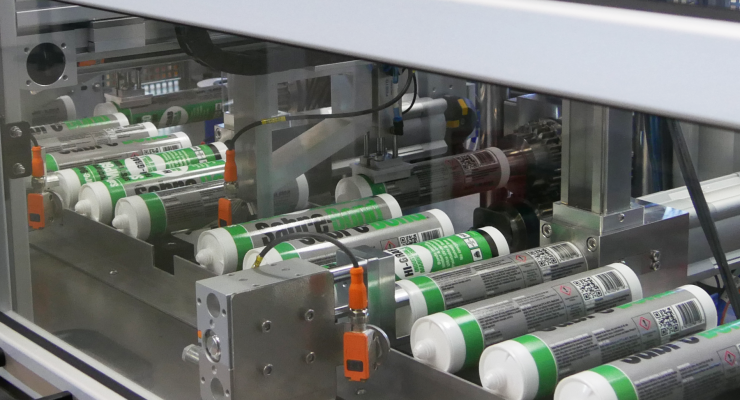Things to consider when buying automated cartridge filling equipment
Posted
Here are some of the top things you should consider when buying Automated Cartridge Filling Equipment
The output.
How many cartridges need to be filled in a given time frame.
Consideration should be made for the number of shifts you will run, and possible increasing demand over time.
The product being filled – viscosity
Equipment for filling high viscosity products will need more force and therefore heavier duty actuators and part, which mean equipment for filling high viscosities will typically cost more, and typically consume more compressed air and power.
The product being filled – chemical compatibility.
The Parts, Seals, and Hoses that the fluid contacts must be compatible. It works both ways; aggressive fluids can attack Parts and seals causing premature wear and failure. Or non-compatible parts and seals can contaminate the fluid.
What will feed the equipment – gravity, pump, press, etc.
This will largely be governed by two things – the viscosity of the fluid, and the bulk container the fluid is coming from.
Low viscosity fluids can gravity feed into the filling equipment; with a certain amount of suction being created by the filling equipment, being enough to draw in the fluid. The bulk fluid could be in Vats, Vessels, IBCs, Tight-head Drums, Kegs, etc.
High viscosity Pastes will typically need to be fed into the filling equipment with positive pressure, from a pump, or discharge extrusion press. The bulk Pastes could be in Mixing Pans or Open-top Drums – Pump Follower Plates, and Press Platens will need to be sized to match the Internal Diameter of the mixing pans or drums.
Wearing parts
It is a good idea to know which parts of the system will wear over time (typically the Lip-seals and O-rings) you can then hold those parts in your spares stock, or at least make sure they are readily available from the supplier – to minimise downtime should they need replacing at short notice.
Ease to clean.
If you will be running different formulas on your equipment that are not compatible with each other, or if you are changing between different colours (i.e. from black to white where a lot of purging would be required) – you will want to consider how easy the equipment is to take apart to clean, and put back together again.
Down-the-line processes, or possibility to add/integrate downstream equipment later.
What processes will follow the filling – labeling, coding, attachment of clip-nozzle, boxing-up, palletizing, etc. Will these further processes be done manually, or automatically with downstream equipment.
For instance, if the next stage after filling is applying a label with automatic label equipment, then it makes sense for the filled cartridge to be fed out of the filling system in an orientation and at an outfeed high that matches the infeed of the label equipment, so there is no need for any manual handling.

